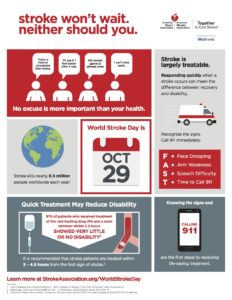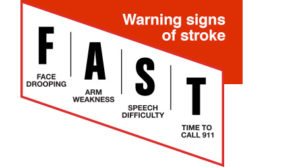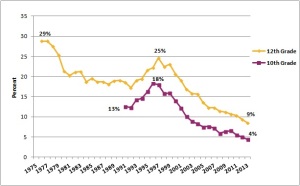What is bullying?
Bullying is the act of intimidating someone through influence or through force.
Can bullying happen to anyone?
Yes, bullying does occur everywhere and to anyone of any backgrounds. Bullying doesn’t have to happen person to person. Bullying can occur through online, social media apps, letters, and more.
What can I do if I or a friend is experiencing bullying?
It depends on the severity of the bullying to know what you can do, but here are some tips on how you can handle the situation:
- Reach out for help. Whether it is your parents, a legal guardian, a counselor, or your close friend, make sure to let them know that you are being bullied. You don’t need to feel helpless or ashamed of anything. There are people who will support you to help you solve and cope with your situation.
- Try to avoid confrontation. If possible, avoid getting into physical fights or argument with bullies. It will not help stop the bullying, it is better to ignore and walk away when you can.
- Use {free} services to address about bullying. You can call or email a hotline or a online tool to help you talk about your bullying experience. They will keep you anonymous and your information confidential. This link is a government website that gives your free resources.
- Don’t watch, stand up. If you see another person being bullied, the best thing you can do is grab a adult nearby to stop it. If you feel that the situation can be handled by you stepping in, you can try to deescalate the situation by using methods such as:
- Pulling the victim away to a place far from the bully
- Show up and ask them where they have been (acting as a friend to neutralize the negative space)
- If you have someone nearby or ask a stranger to aid the victim to escape the situation
- Call 911 if you feel that the situation is dangerous
From the Act to Change website:
- About 1 out of 5 students report being bullied during the school year
- Bullying occurs once every 7 minutes 5 to 6 times more likely
- Bullied students were 5 to 6 times more likely to miss school than those who were not bullied 50% of AA students
- Half of Asian American students in New York City public schools reported biased based harassment








